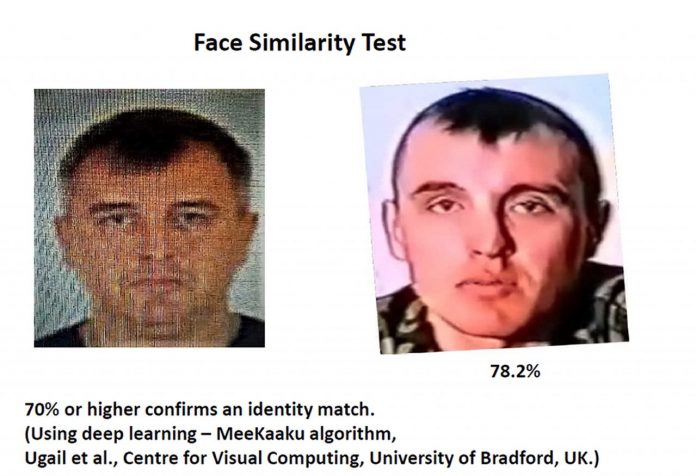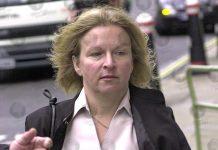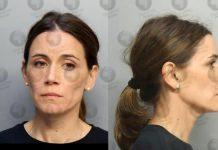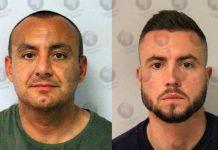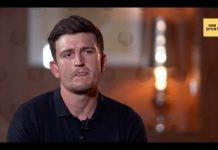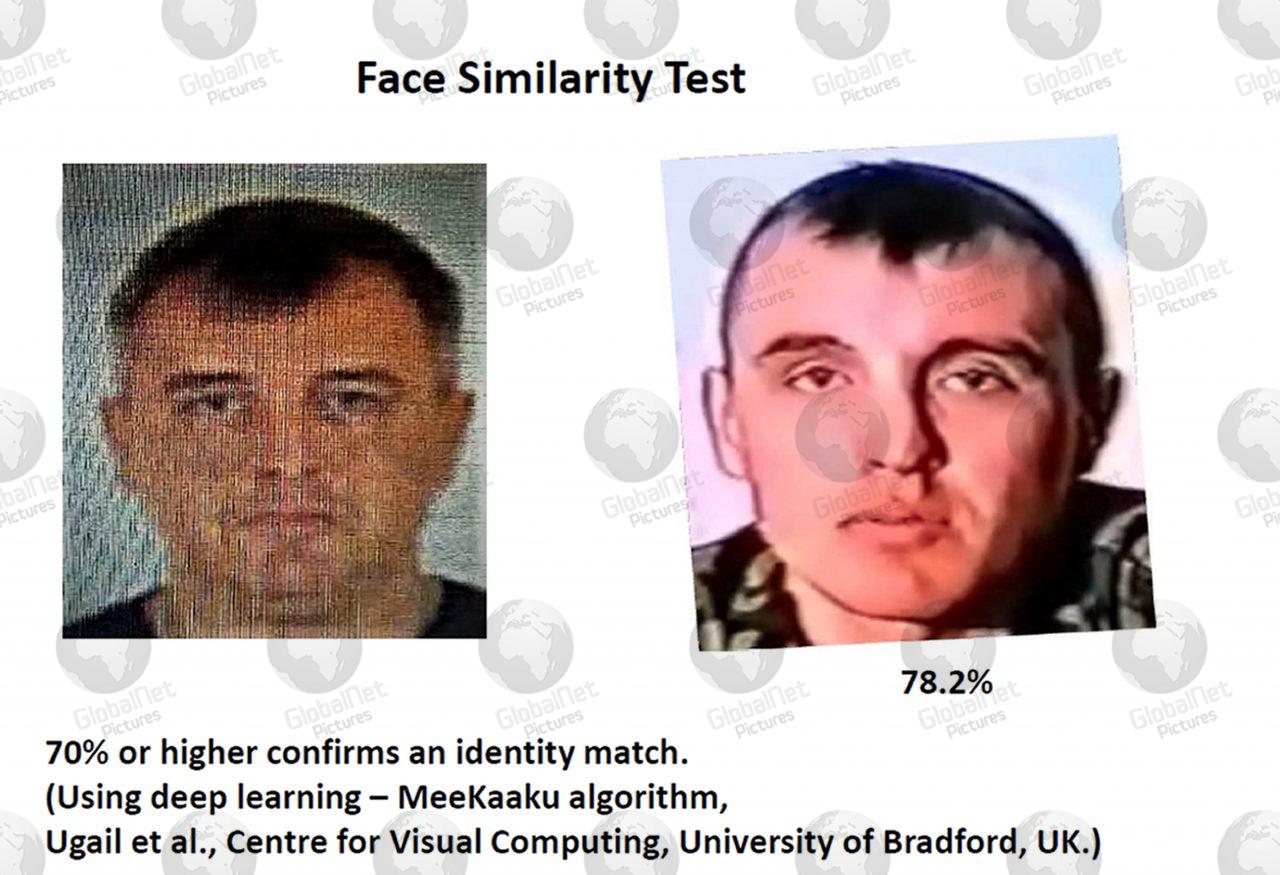
Bellingcat uses facial mapping to identify new picture of third Salisbury Novichok suspect and uncovers possible fourth GRU killer
Story by Mark St.George
A new image of Denis Vyacheslavovich Sergeev has been uncovered,
the third suspect in the Novichok poisoning of Sergei Skripal and his
daughter Yulia in Salisbury, who was identified last month (February 14)
by investigative website Bellingcat.
Bellingcat named him as a high-ranking GRU officer and a graduate of
Russia’s Military Diplomatic Academy, who was also in the UK when
former Russian spy Skripal was poisoned last year.
In addition, Bellingcat established that this same officer travelled
multiple times to Bulgaria during 2015, including a trip days before a
Bulgarian arms trader and his son were severely poisoned with a
yet-unidentified poison.
The revelation was the result of a four-month joint investigation with
Bellingcat’s investigative partners The Insider (Russia) and Respekt
(Czechia).
Denis Vyacheslavovich Sergeev operated internationally under the cover
persona of Sergey Vyachaeslavovich Fedotov.
Following Bellingcat’s initial investigation BBC Russia reported that
it had discovered a person bearing the same full name and birth date
as Denis Sergeev on a cached webpage of the 1990 graduating class of
the Ekaterinburg Military School. Bellingcat can confirm that this was
indeed the same Denis Sergeev, who studied in the two-year
cadet-prepping institution.
A comprehensive search in Russian databases has shown that there does
not exist a second person with the same full name and birth date.
Bellingcat has established that as of 1999, Sergeev had a rank of
captain and was serving as commander of the first paratroopers’
company at the 108th Air Assault Regiment.
This unit is based in Novorossiisk, on Russia’s Black Sea coast, and
played a key role in fighting in Dagestan in the summer of 1999, as
well as in the second Chechen war in 2000-2001.
In the early morning of August 13 1999 Denis Sergeev was wounded in
the first minutes of an attempt to recapture the Alilen Mount in
Dagestan from Chechen fighters.
Sergeev, alongside other officers, received a state award for this battle.
A new image of Denis Sergeev shows him in military fatigues pictured
in 1999 in a screen grab from a documentary on the battle for Alilen (right).
Bellingcat discovered that after the initial identifications of the
other Skripal suspects, Col. Chepiga and Col. Mishkin, the Russian
authorities apparently took unprecedented measures to purge any traces
of this person’s existence.
Bellingcat was able to witness this clean-up operation in real time,
as data on this person that was originally available in online
databases at the start of the investigation (in October 2018), became
incrementally purged over the subsequent few months, with the person
completely vanishing from all state-run registers by early 2019.
The initial existence of a likely third suspect traveling under the
name “Sergey Fedotov” was first reported by the Russian website
Fontanka, whose reporters first noticed that a person with a passport
number pattern similar to that of “Petrov” and “Boshirov” traveled on
a different Aeroflot flight to London on the same day as the main two
suspects. Bellingcat then obtained the passenger records for the 2
March 2018 flights from Moscow to London that had been reviewed by
Fontanka, and identified the person, whose passport number different
by the two last digits from those of the main suspects previously
identified by us as decorated GRU officers.
Indeed, “Sergey Fedotov” had flown into London on a flight several
hours before “Boshoriv” and “Petrov”, landing at Heathrow, while they
would land at Gatwick airport later that same day.
Unlike the case of the other two suspects, no published photographs of
Fedotov existed, nor was he interviewed on RT. Bellingcat’s further
investigation focussed on searching only for people with a patronymic
“Vyacheslavovich”, and birthdate of 17 September 1973.
In thier initial search with this criteria in a 2012 Moscow
residential database, Bellingcat found 15 hits, but one of them was of
special interest. This person had a listed residential address at
Narodnoe Opolchenie 50, which is the location of the dormitory of
GRU’s Military Diplomatic Academy.
This was Denis Vyacheslavovich Sergeev, born in Kazakhstan, and having
a passport issued in Novorossiisk in 2000. Databases of different
vintage showed that he, along with his wife and daughter, had been
registered as residing at this address no later than 2006, and were
still registered at that address in 2012.
The links between Denis Sergeev and GRU were not restricted to his
family’s residence at the dormitory of the GRU “Conservatory”.
In certain databases his address was listed as Military Unit 22177,
which is in fact the military number of the Conservatory.
To establish conclusively that Sergeev is in fact “Fedotov”,
Bellingcat needed to obtain a photograph of Sergeev and compare it to
the already obtained “Fedotov” passport photo (left). However, this turned
out to be nearly impossible. But Bellingcat uncovered a reference to a
Capt. Denis Sergeev in a book about the Dagestan events in 1999.
Several witness descriptions of the battle were found in which Capt.
Sergeev was wounded, while his commander was killed.
One of the references was in an article about a documentary film on
the battle in Dagestan. Bellingcat found this documentary which was
filmed shortly after the events, and saw that Capt. Sergeev was
interviewed on camera in several segments. While there were certain
similarities between the person in the documentary and the recent
photograph from “Fedotov”‘s passport, Bellingcat could not be certain
that this was the same person, especially given the low resolution of
the photo and the nearly 20 years between the two events. Bellingcat
then requested a forensic analysis of the similarities between the
persons on the passport photo, on one hand, and the screen-grab from
the 1999 documentary, on the other.
Prof. Hasan Ugail from the Center for Visual Computing at the
University of Bradford supervised the analysis, which was conducted
using a state of the art deep machine-learning algorithm trained on
millions of human faces. The algorithm provides 100% matching accuracy
in one to one face comparison tests of known identities. The test
provided a match of 78.2%, while a match >70% is sufficient to
conclude identity match of the persons. (shown top of page)
While trying the find a photo match Bellingcat decided to look for
other GRU officers who might be linked to the Skripal poisoning and
say they have identified one such additional GRU officer. This
officer, notably, traveled to Bulgaria two weeks before Sergeev’s trip
which coincided with the poisoning of the Bulgarian arms trader.
Bellingcat and its partner publications are currently analysing
whether this may be a fourth suspect in the Skripal case.
Bellingcat reported last month that Russian authorities had taken the
unusual measure of erasing any public records of the existence of
Denis Sergeev, as well as of Anatoly Chepiga and Alexander Mishkin,
the main two suspects in the Skripal poisoning.
Facial mapping resulted in a 78.2% match
Video source: Bellingcat

